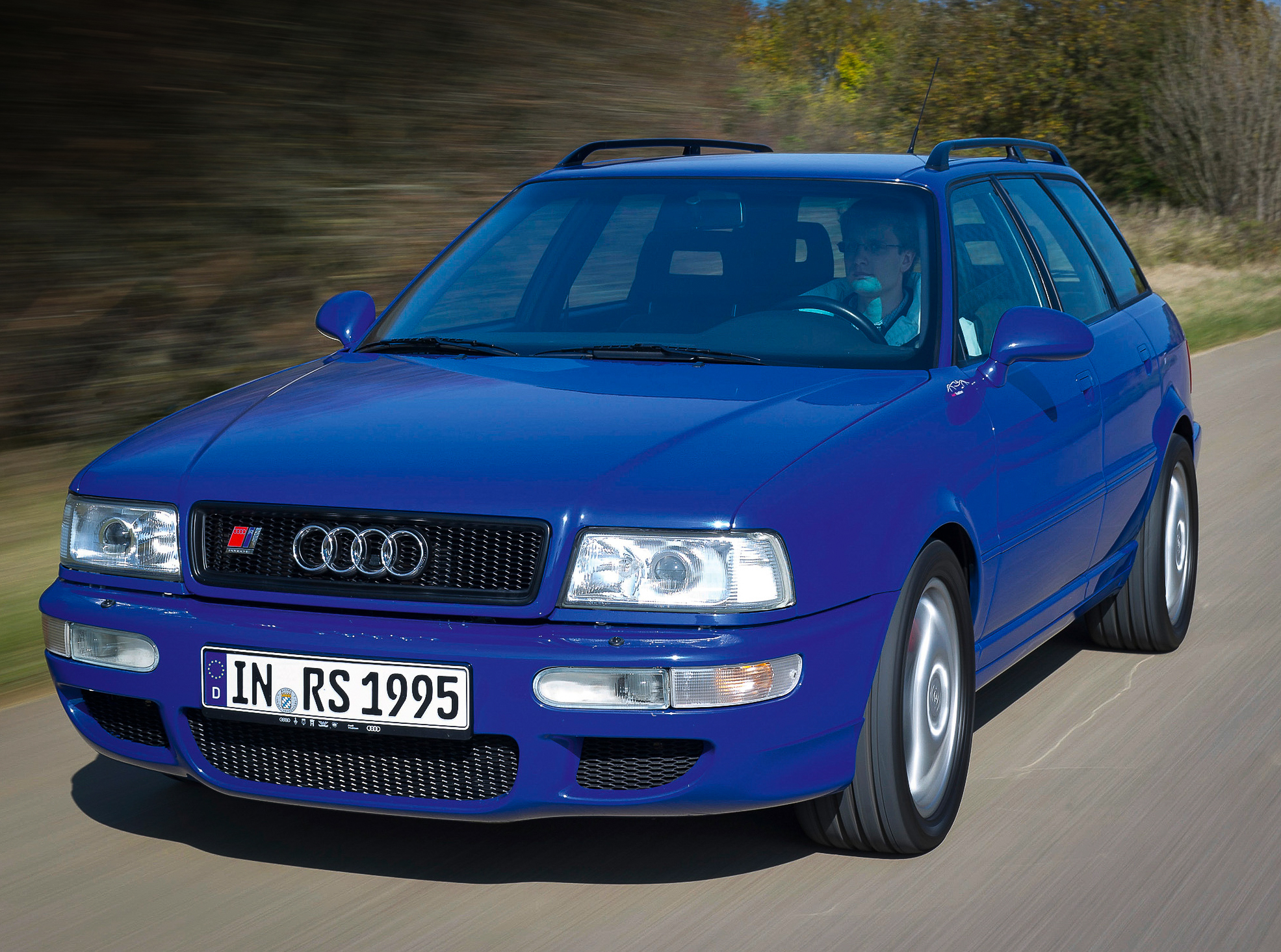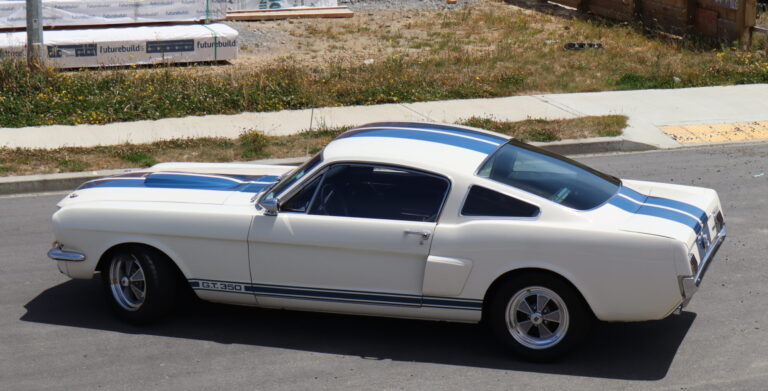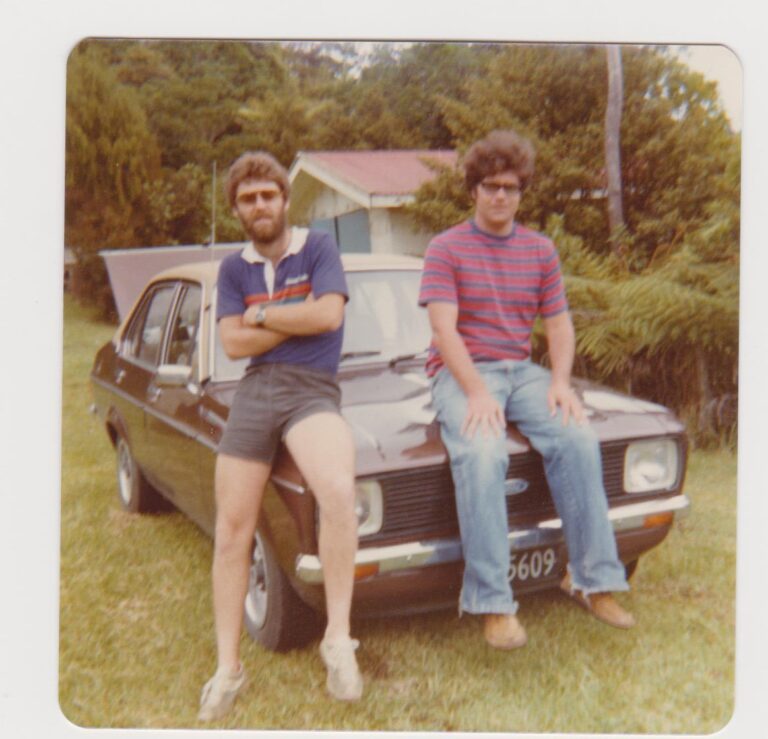Now, if you’re into German automobiles like I am, you’ll know that it’s nothing new for two automakers to collaborate to create greatness. If you think back to the early ’90s you’ll remember when Audi and Porsche combined their intensely well-engineered forces and produced Audi’s first-ever high-performance estate vehicle, the Audi RS2 Avant. The Audi RS2 was a game changer for Audi, and truly put them on the high-end luxury performance wagon map, which, to this day, is a vehicle range that continues to gain momentum with the likes of the drool-worthy $250,000-new Audi RS6 Avant.

Porsche released a twin-turbo V8 engine at the 37th International Vienna Motor Symposium, held April 28–29, 2016 in Austria. It is said that it will make its way into the Volkswagen motor group, and power the likes of Audi. The twin-turbo V8 is to be no slouch either, producing a yet again groundbreaking 409kW (549hp) and 744Nm (567lb·ft) of torque. Porsche has said that they will be the one to first make use of the engine in the Porsche Panamera, but after that it will not just make its way into Audi vehicles, but also Lamborghinis and some Bentley models. To make use of the broad powerband that the engine is likely to have, it’ll be backed by an eight-speed automatic transmission or a dual-clutch eight-speed.

As more information comes to light about which specific Audi models will be blessed with this mighty engine, we’ll let you know.


